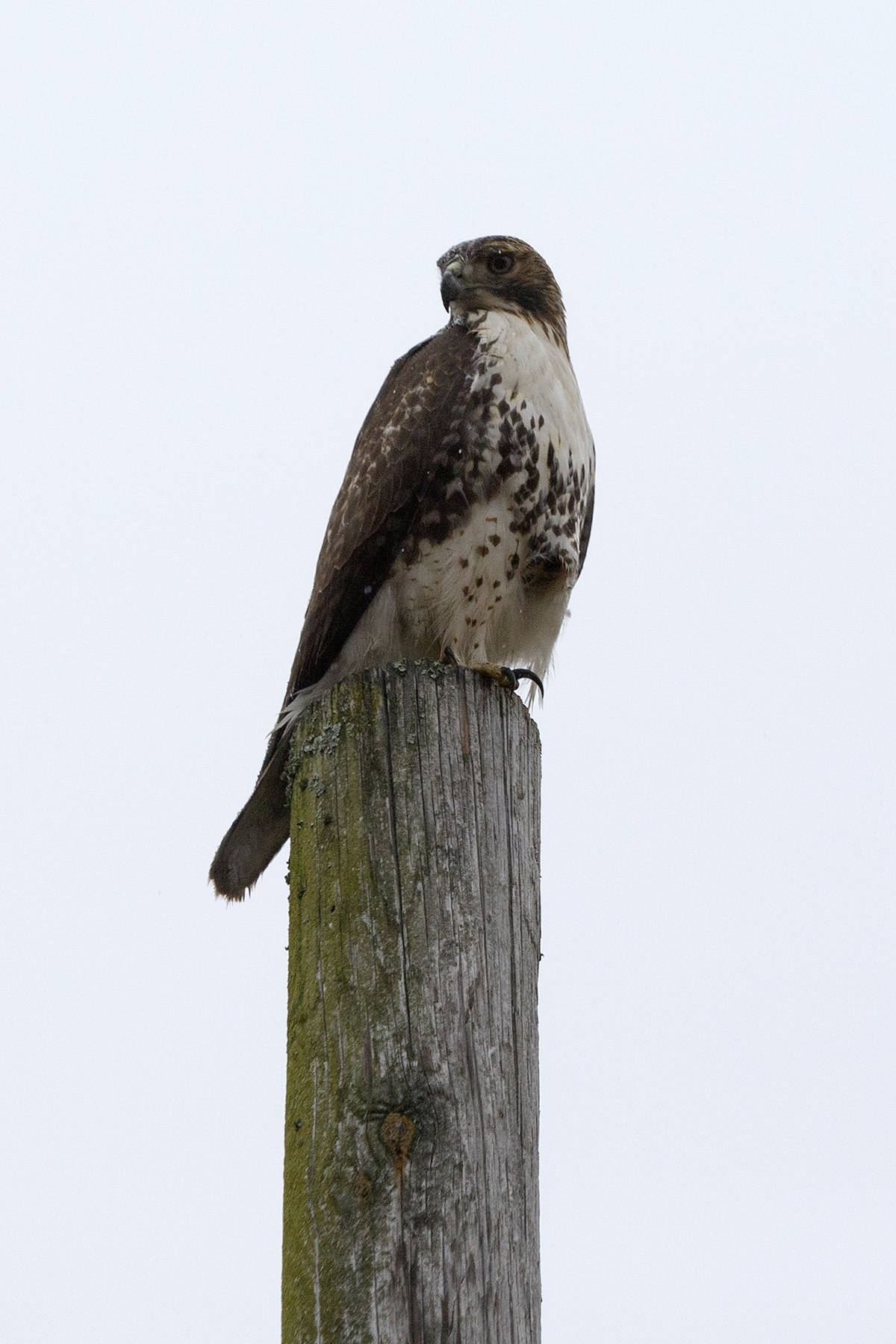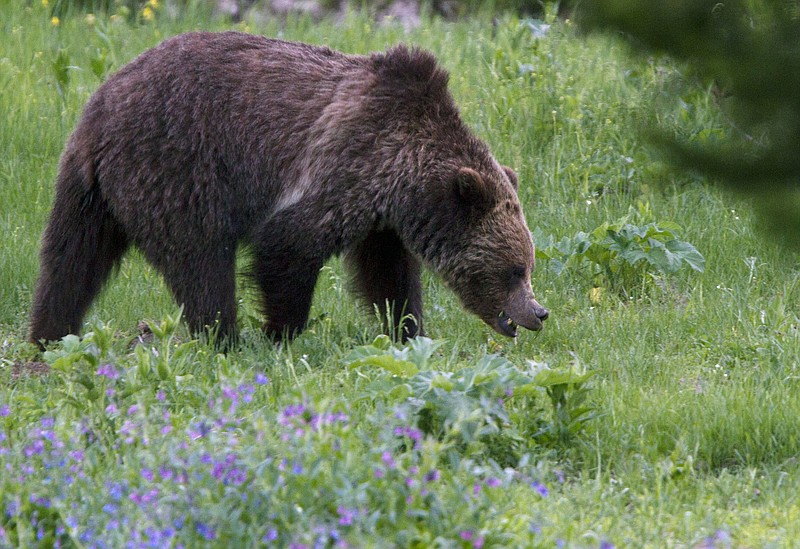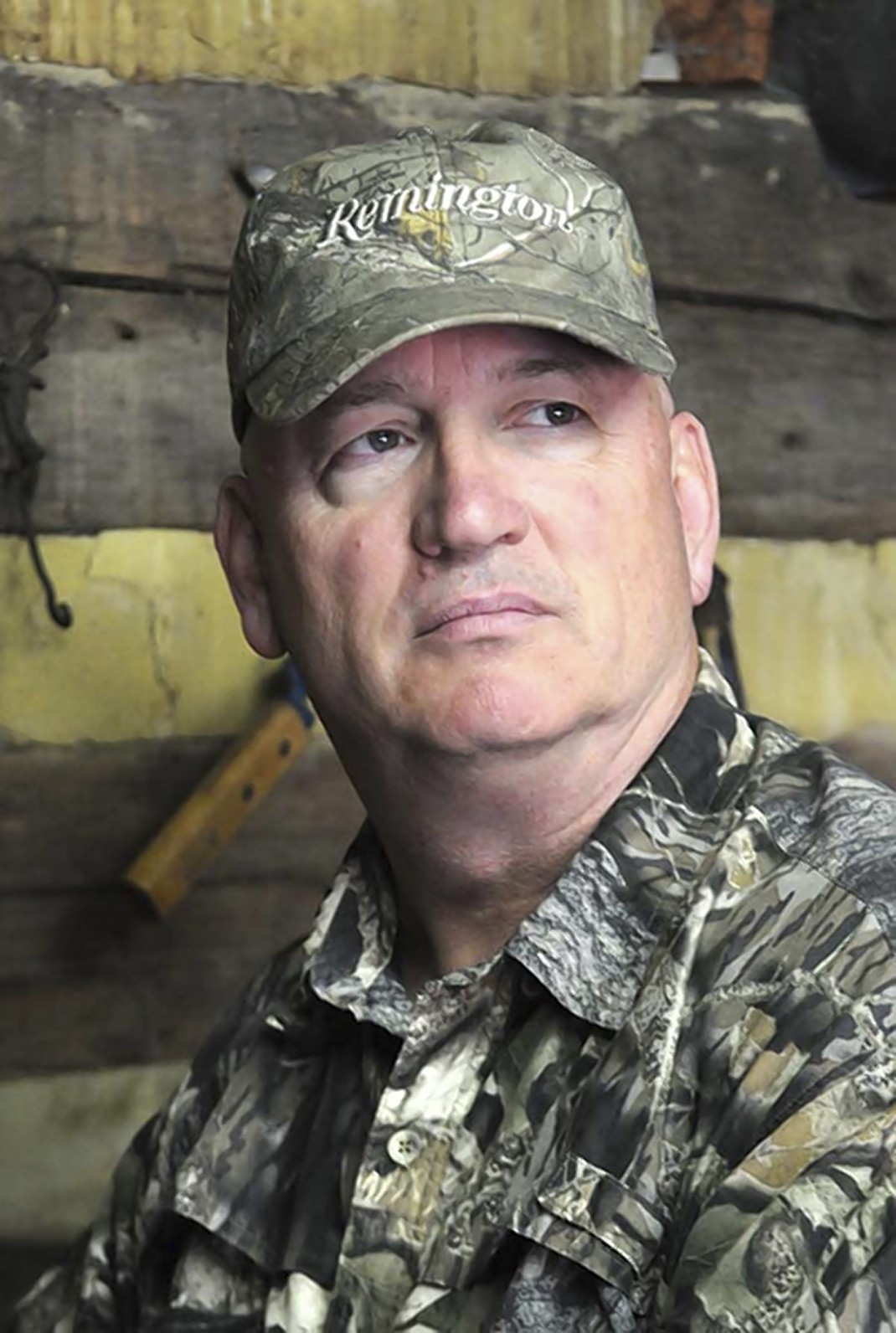Most of us would agree there is a lot of difference between a grizzly bear and a chicken hawk.
Now right away, some of you regular readers (I think there are a few of you out there) are thinking: "That is a weird statement. Where is he going with this?" Stay with me here, class.
Our views on wildlife predators and how we deal with them have changed drastically in the past 50 years.
There was a time when a lot more people raised chickens. (I think we are seeing an increase in this.) Almost any avian predator that was a threat to your chickens was called a "chicken hawk." It was usually the larger, soaring types of hawks such as the redtail and the broad-winged that were referred to as a chicken hawk, but in truth, any hawk that raided your grandmother's chickens was called a chicken hawk. (Things were a lot simpler back then.)
Any predation of livestock on the family farm was usually met with a quick application of hot lead. This procedure was thought of as absolutely necessary, and no one questioned it. The chickens, pigs, and beef cattle were raised for food for the family and to sell for much-needed income. Wild animals that endangered the domestic stock were not tolerated; the survival and welfare of the family came before the predators.
The gray wolf was the first predator to be taken off the map east of the Big Muddy. As early as 1630, residents of the Massachusetts Bay Colony could get cash rewards for killing a wolf, and a bounty system on wolves lasted in various forms in some states through the 1960s. Bears fared not much better, and the black bear in the east remained at low numbers until modern conservation practices brought them back in recent years. The black bear is now flourishing in most of the Appalachians.
Birds of prey were handled much the same way for many years. The basic way of thinking was to shoot on sight both any animal that may kill domestic animals the farmer was raising and any animal that may kill game animals the human hunter thought of as beneficial. In today's climate of conservation and protection, most of us shudder to think of anyone shooting a bird of prey, be it a hawk, owl, vulture or, heaven forbid, an eagle. Bald and golden eagles have been protected by federal law for many years, and their populations have soared. Eagles are now seen in many areas of the eastern United States where they were unheard of a few years ago.
 Staff photo by C.B. Schmelter / A red-tailed hawk sits perched atop a pole along Grand Avenue in Chattanooga in November 2019. Before the modern view of conservation and protection, there was a time when any bird of prey that killed your chickens was viewed as a "chicken hawk" and a pest to be eliminated, writes outdoors columnist Larry Case.
Staff photo by C.B. Schmelter / A red-tailed hawk sits perched atop a pole along Grand Avenue in Chattanooga in November 2019. Before the modern view of conservation and protection, there was a time when any bird of prey that killed your chickens was viewed as a "chicken hawk" and a pest to be eliminated, writes outdoors columnist Larry Case.The grizzly bear had a similar experience as the wolf west of the Mississippi River, having been eliminated from most of its former range. This brings up the realm of the animal that is dangerous not only to livestock but to humans as well. From the time of Lewis and Clark, the grizzly has been known as an animal that sometimes has no problem taking on any humans they come upon, armed or not.
The grizzly has been in the news more often in recent years as their numbers have increased in two areas: the Greater Yellowstone Ecosystem (Montana, Wyoming, and Idaho around the national park itself) and the area in and around Glacier National Park in Montana. Grizzlies are now being seen and encountered in areas of the West where they were unheard of some years ago. The downside of this is that bear attacks have increased.
The grizzly was taken off the list of threatened species a few years ago, which made it possible for state fish and game agencies to institute a limited hunting season on the bears for the first time in more than 50 years. A long legal battle ensued, the proposed season in Montana was postponed by a federal judge at least twice, and finally in 2018, the same judge ruled the U.S. Fish and Wildlife Service had incorrectly taken the grizzly off the list and canceled the hunt altogether. Shortly after the grizzly hunt was canceled, an elk guide and two clients were attacked by three grizzlies in Wyoming, and the guide was killed.
Now folks, I am not writing to sway your thinking one way or another about what wildlife should be controlled and how. I just like to point out the situation in the hunting and outdoors world and let you argue and fight about it at the water cooler and the barber shop. Our predator numbers are higher now than they have been since your Poppaw's time. We have never had as many raccoons, foxes, opossums and skunks as we do in the wild right now. We could start another good argument on that cunning predator the coyote.
To even mention the shooting of a bird of prey like a hawk will get you hate mail, and I have the emails to prove it. We have more hawks now than you have seen in your lifetime; some say this is one reason for the low numbers of ruffed grouse and bobwhite quail. Am I advocating the illegal shooting of birds of prey? Absolutely not. I am just making an observation that we seem to have more hawks now than grouse.
Lastly, on the grizzly bear debate, it is interesting to me that we have a contingency of people who believe animals come first, whether they are a danger to people or not. We will see more of this as time goes by as I believe the public's true understanding of wildlife issues becomes more distorted and inaccurate every year.
I await your heartfelt responses.
"The Trail Less Traveled" is written by Larry Case, who lives in Fayette County, W.Va. You can write to him at larryocase3@gmail.com.

